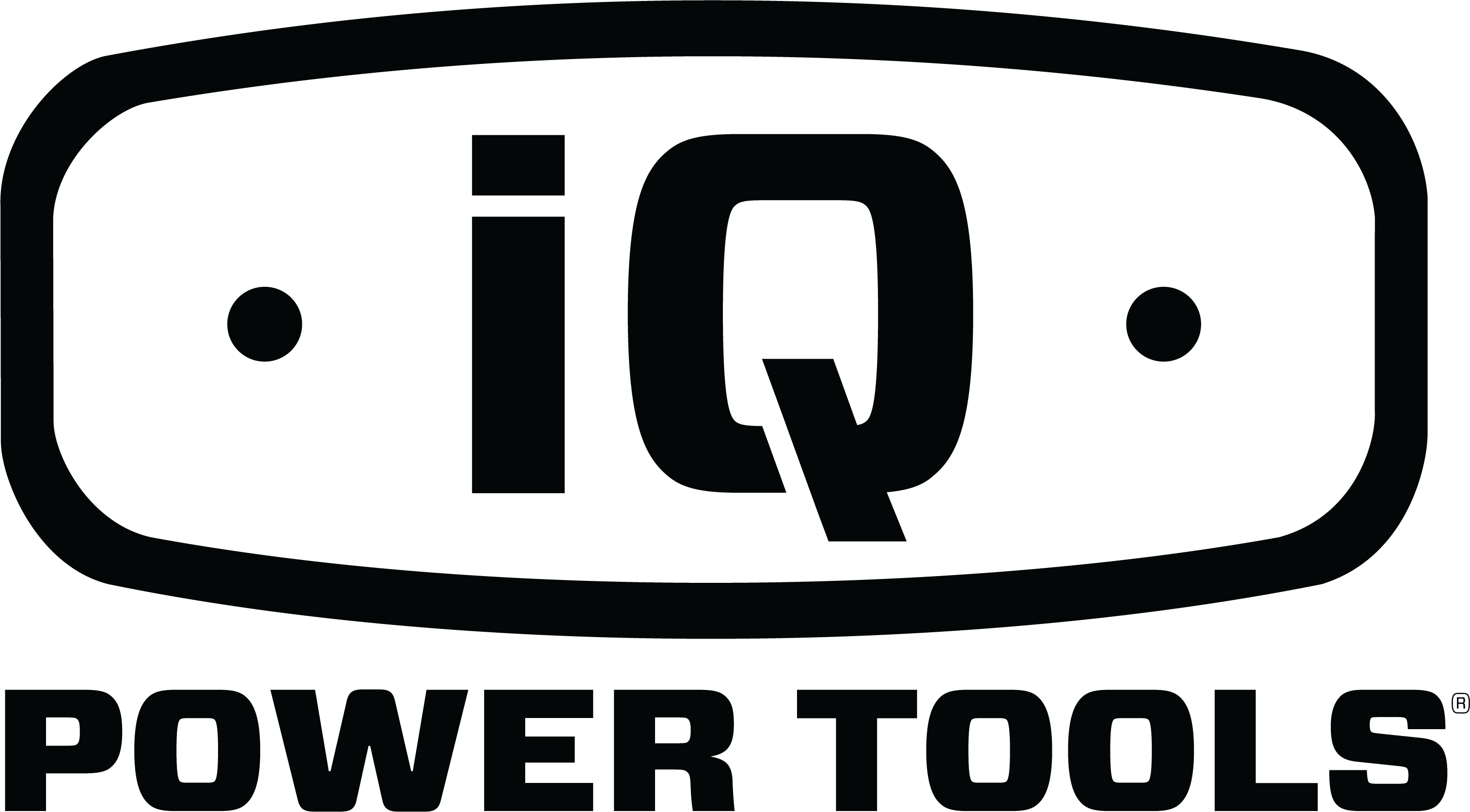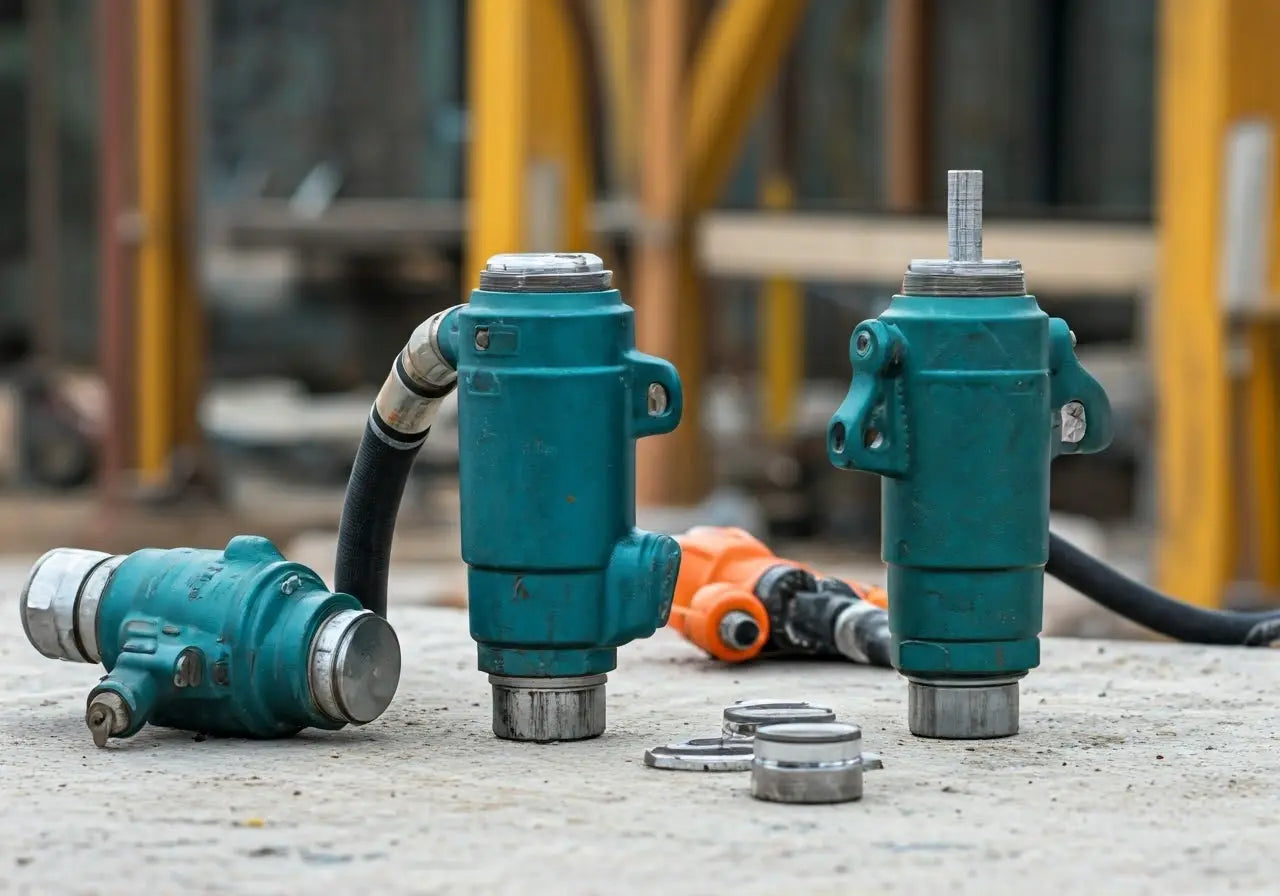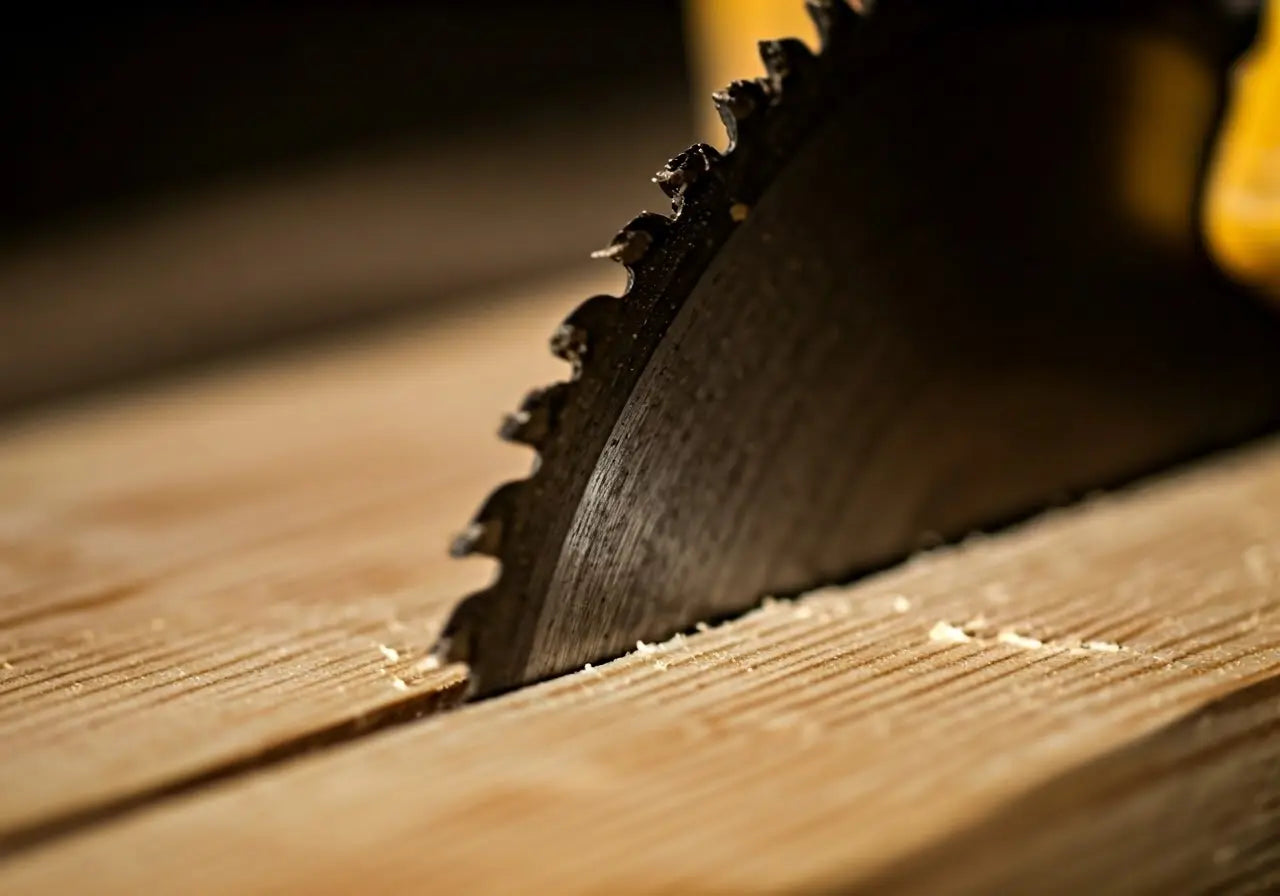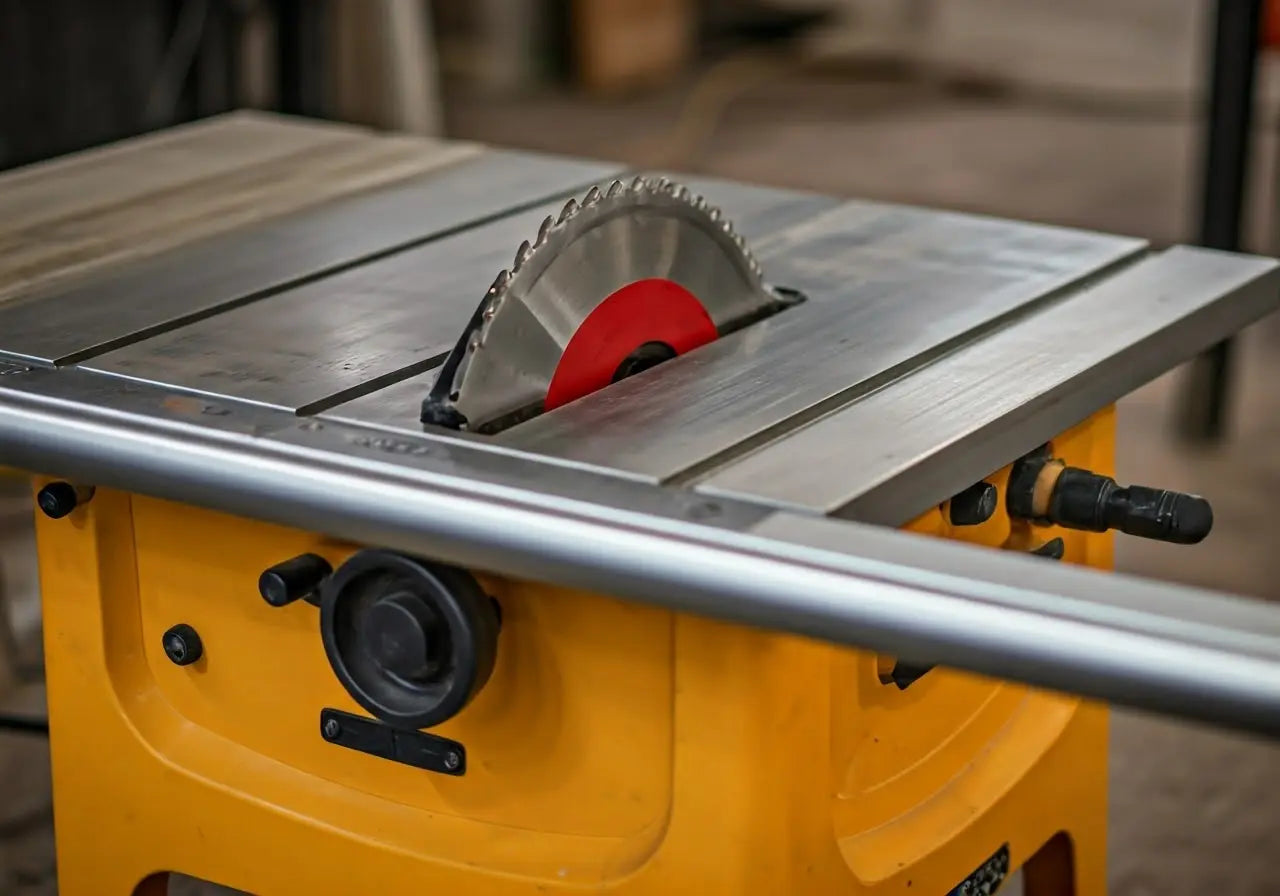Pneumatic tools have come a long way from their humble beginnings, transforming the construction industry with their efficiency and power. In this blog, we’ll explore the fascinating journey of these tools and how they’ve revolutionized modern construction.
The Early Days of Pneumatic Tools
In the early days, pneumatic tools were quite basic but groundbreaking for their time. These tools harnessed compressed air to perform tasks that would otherwise require significant manual effort, thus paving the way for more efficient construction practices. The journey of pneumatic tools can be traced back to the 17th century when the air pump was invented by Otto von Guericke, a German physicist. This aqueduct of innovation enabled the creation of tools that could handle more complex and labor-intensive tasks effectively.
The real game-changer came in 1845 with French engineer Jean-Louis Meunier’s invention of a compressed air-powered rock drill. Although it was bulky and cumbersome, it demonstrated the massive potential of pneumatic technology in construction. This invention paved the way for a succession of innovations, such as pneumatic hammers, riveters, and sandblasters, which found applications in industries like shipbuilding and mining. For a more detailed historical context, check out this comprehensive piece on A Century of Innovation.
How Pneumatic Tools Work
Pneumatic tools function using compressed air supplied by an air compressor. This air is directed through a hose to power the tool, enabling it to drill, nail, cut, or perform a variety of other functions with exceptional force and precision. The air compressor uses atmospheric air and compresses it to a high pressure, which in turn is used to generate mechanical motion in pneumatic tools. Understanding the workings of these tools can offer insights into their efficiency and reliability in the construction industry.
A significant advantage of pneumatic tools is their ability to deliver consistent performance over long periods, with minimal wear and tear. This reliability makes them invaluable on construction sites where durability and stamina are key. Additionally, they are generally lighter and more ergonomic compared to their electric counterparts, reducing fatigue for their operators. To explore some of the top-performing pneumatic tools, visit iQ Power Tools.
Key Innovations in Pneumatic Tool Design
Over the years, several key innovations have shaped the design and functionality of pneumatic tools. From ergonomic designs to advanced safety features, these innovations have made pneumatic tools more user-friendly and safer to operate. One such advancement is the inclusion of integrated dust collection systems, such as those found in iQ Power Tools. These systems reduce the exposure to harmful dust particles, ensuring a safer working environment.
Another significant development has been the move towards more efficient air compressors, which ensure a steady and reliable supply of compressed air. This is crucial for maintaining the performance of pneumatic tools over extended periods. Additionally, modern materials like high-grade steel and composites have replaced older, heavier materials, making the tools lighter and easier to handle. These enhancements contribute to longer tool life and improved operator comfort, setting new standards for efficiency and safety in construction.
Furthermore, innovations in the design of pneumatic tools have led to the creation of specialized attachments and accessories that broaden their range of applications. For example, the introduction of more precise control mechanisms allows for greater accuracy in tasks such as drilling and cutting. These advancements have transformed pneumatic tools from basic implements into versatile, high-performance instruments indispensable for modern construction projects.
The Impact of Pneumatic Tools on Efficiency and Productivity
Pneumatic tools have drastically increased efficiency and productivity on construction sites. Their ability to perform heavy-duty tasks quickly and accurately reduces labor time and improves overall project timelines. Tasks that previously required significant manual effort can now be completed with ease, ensuring that projects are completed on time and within budget. The reliability and consistent performance of pneumatic tools mean fewer interruptions due to tool failure, which is crucial for maintaining productivity.
The integration of advanced features like ergonomic designs and reduced vibration has also positively impacted worker productivity. These features help reduce operator fatigue and the risk of repetitive strain injuries, allowing workers to perform tasks more efficiently and with greater precision. As pneumatic tools continue to evolve, embracing new technologies and innovations, their role in boosting productivity on construction sites will only become more pronounced.
Modern Applications of Pneumatic Tools
Today, pneumatic tools are used in a wide range of applications within the construction industry. From framing nailers to jackhammers, these tools are integral to various construction projects, large and small. Their versatility allows them to be used in different settings, from residential construction to large-scale industrial projects. The widespread adoption of pneumatic tools underscores their importance in modern construction practices.
Not only are these tools used in traditional construction tasks, but they have also found applications in more specialized areas like stone carving and sculpture. The precision and power of pneumatic tools make them ideal for intricate work, allowing artists and craftsmen to achieve detailed results. For example, tools available at Tools for Sculptors highlight the blend of tradition and technology in modern stone carving practices.
In addition to their versatility, modern pneumatic tools come with enhancements that make them more efficient and environmentally friendly. This includes advanced filtration systems like the iQ426HEPA dust extractor, which ensures a cleaner and safer work environment by effectively capturing dust and airborne particles. These advancements reflect the ongoing commitment to improving both the efficiency and safety of pneumatic tools in the construction industry.
Future Trends in Pneumatic Tools
As technology continues to advance, we can expect to see even more sophisticated pneumatic tools. Future trends may include improved energy efficiency, greater precision, and enhanced durability, all of which will further revolutionize the construction industry. Innovations such as smart tools with advanced sensors and automation capabilities could transform how tasks are performed, making them faster and more accurate.
Another exciting trend is the development of eco-friendly pneumatic tools that minimize environmental impact. This includes tools that operate more efficiently, reducing the overall energy consumption and lowering the carbon footprint of construction projects. As the construction industry continues to prioritize sustainability, these eco-friendly advancements will play a critical role in shaping the future of pneumatic tools.
Additionally, the integration of digital technologies such as IoT (Internet of Things) and AI (Artificial Intelligence) could offer new possibilities for pneumatic tools. These technologies could enable real-time monitoring and diagnostics, allowing for predictive maintenance and reducing downtime. The potential for connected tools that communicate with each other and with human operators could lead to smarter, more efficient construction workflows, further enhancing productivity and safety on job sites.
The Future of Pneumatic Tools in Construction
Pneumatic tools have undeniably revolutionized the construction industry. From their early development to today’s sophisticated models, these tools have continuously evolved to meet the demands of modern construction. As technology progresses, we can only anticipate further advancements that will continue to shape the future of building and construction. Discover the latest innovations and tools perfect for your construction needs at iQ Power Tools.






اترك تعليقًا
This site is protected by hCaptcha and the hCaptcha Privacy Policy and Terms of Service apply.